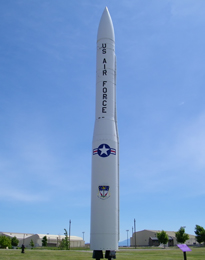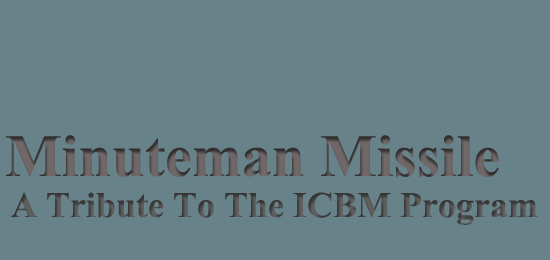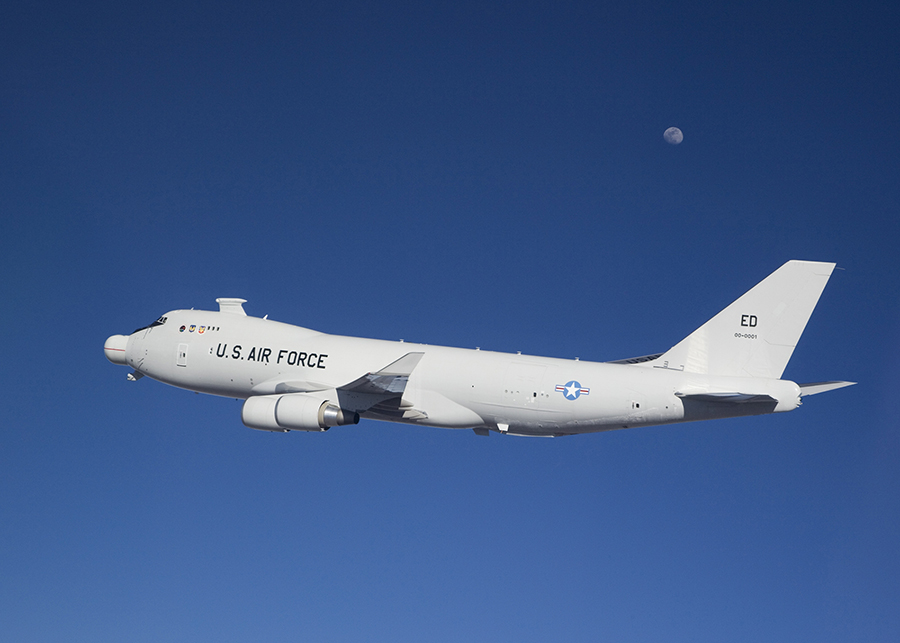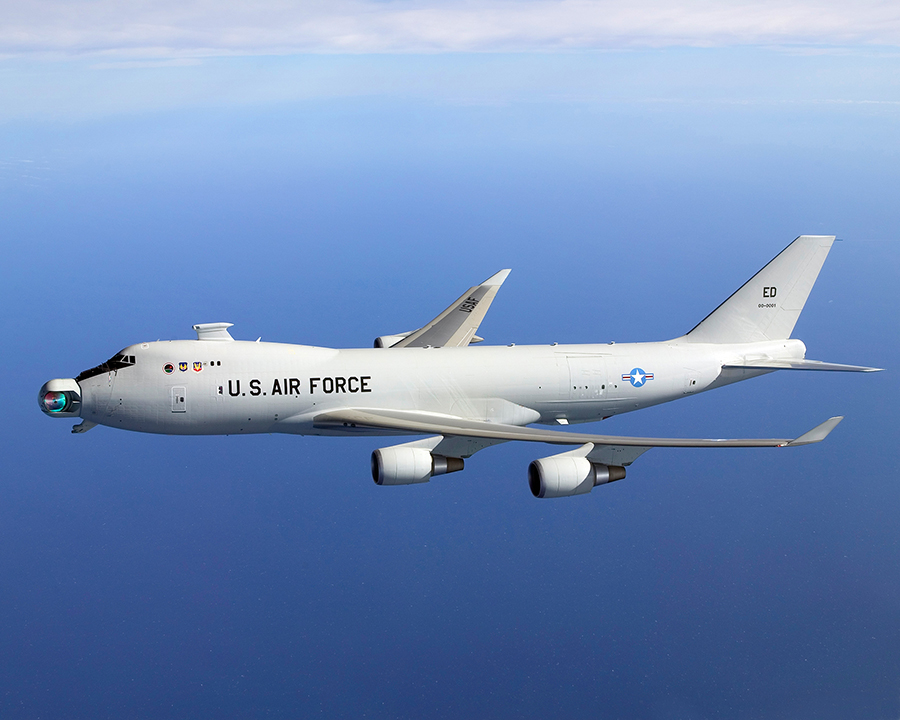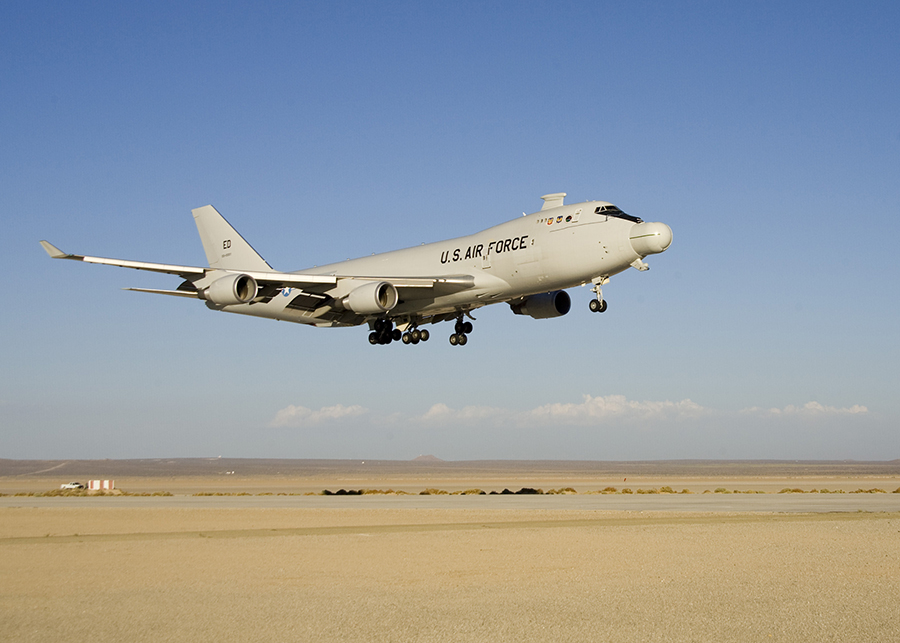Airborne Laser
The Airborne Laser, ABL, uses a high energy Chemical Oxygen Iodine Laser (COIL) on a modified Boeing 747-400F aircraft to detect, track and destroy any class of ballistic missiles in their boost stages of flight. The Airborne Laser system was a part of Boeing's Integrated Defense Systems division.
The design, development and implementation of the Airborne Laser system dates back to the 1980s. A weapon system designated as the Airborne Laser Laboratory, utilized a less powerful system that was installed in a Boeing NKC-135A. It was successful in stopping several missiles in mid flight, back in the 1980s.
The Airborne Laser program was created by the Air Force in 1996, with a contract going to Boeing that formed the ABL team. In 2001, the Airborne Laser program was transitioned into the Missile Defense Agency, where continued flights and testing took place.
A team of contractors were responsible for the development of the program. Boeing Defense, Space and Security provided the 747 aircraft, as well as supplying the management team and the system integrations operation. Northrop Grumman oversaw the Chemical Oxygen Iodine Laser, (COIL) and Lockheed Martin was responsible for the nose turret and fire control system.
YAL-1 Airborne Laser Testbed
As research and development on the system progressed, the Airborne Laser was designated as the YAL-1A. From 2004 to 2006 a number of improvements were made to the YAL-1 Airborne Laser. In 2006 the team was able to complete modifications to the 747 aircraft, configuring the aircraft to fit the 6 modules making up the COIL (Chemical Oxygen Iodine Laser) system. Each module was the size of an SUV and each module weighed approximately 6,500 pounds.
In addition to having the COIL laser aboard, the YAL-1 also included two solid state target illuminator lasers that were integrated into the beam control/fire control system on the Boeing 747-400F. The two illuminator lasers were manufactured by Lockheed Martin. The YAL-1 had infrared sensors installed in the weapons system, that were designed for initial detection of a missile. The two illuminator targeting lasers were then utilized as tracking lasers that provided calculation of the missile course, missile speed, the aimpoint to be used and detecting air turbulence. These two low powered lasers provided the means for the beam control/fire control system to compensate for any atmospheric disturbance (distortion) that the missile destroying COIL laser would encounter in its path to the target. Calculations were then utilized in targeting the COIL laser and "firing" the COIL commenced.
After a number of years invested into the development and design of the YAL-1 system, the Missile Defense Agency (MDA) successfully fired the high energy COIL laser aboard the aircraft while in flight, for the first time. This occurred on August 18, 2009. The successful implementation of the laser occurred when the YAL-1 aircraft took off from Edwards Air Force Base and fired its COIL laser while flying over the California High Desert. The laser was configured to fire into an onboard calorimeter, designed to capture the beam and measure the power of the laser beam.
During its assignment with the United States Air Force, the YAL-1 aircraft and system was operated out of the 417th Flight Test Squadron at Edwards Air Force Base in California.
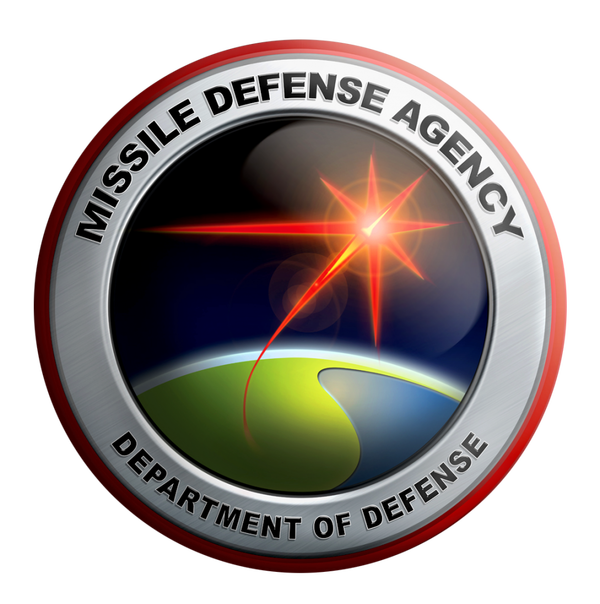
In January 2010 the laser was used again while in flight, to intercept, but not destroy, a test Missile Alternative Range Target Instrument (MARTI) in the boost phase of flight. Another test was conducted on February 11, 2010 at the Point Mugu Naval Air Warfare Center-Weapons Division Sea Range off the California coast, south of Santa Barbara. During the first test of this day, the COIL system successfully destroyed a liquid fueled ballistic missile.
The Missile Defense Agency announced that eight days prior to that initial test run, the YAL-1 Airborne Laser had successfully destroyed an identical solid fuel rocket boosted missile on February 3, 2010.
After 16 years of design and development efforts, it was announced in December 2011 that the YAL-1 ABL program was coming to an end. Design and development costs over that 16 years amounted to approximately $5 billion, total. Robert Gates, who was the Secretary of Defense at the time, expressed his concern for the Airborne Laser program. One statement in discussing the practicality of the ABL, Secretary Gates stated; "And if you operationalize this you would be looking at 10 to 20 747s, at a cost of 1.5 billion dollars apiece, and $100 million a year to operate. And there's nobody in uniform that I know who believes that this is a workable concept."
The final flight of the YAL-1 occurred on February 12, 2012, when it was flown to Davis-Monthan Air Force Base in Arizona. The YAL-1 was placed in storage at the AMARG, the Aerospace Maintenance And Regeneration Group. This base is also often referred to as "The Boneyard".
YAL-1 Airborne Laser Videos
By 2015 the Missile Defense Agency had begun research in an effort to deploy a laser on a high altitude Unmanned Aerial Vehicle, UAV. The MDA is exploring the advantages of this type of system, given one is no longer required to use a manned jetliner containing toxic chemicals flying at 40,000 feet.
The new concept is exploring an unmanned aircraft carrying an electric laser flying at 65,000 feet. The Airborne Laser required that the operational flight crew had time to rest and for the plane to have to land to have its chemical fuel for the laser to be reloaded. An electric laser would only need its power generated from fuel to fire, which would mean an Unmanned Aerial Vehicle capable of in flight refueling would provide for long term endurance and armament. Currently the MDA is planning for a low power "demonstrator" to fly sometime in 2021.
Below you will find a number of videos based on the Airborne Laser.
The first video is 1 minutes and 57 seconds long and shows the first time the turret ball was rotated while in flight in 2005
The second video is 5 minutes long and highlights the ABL Final Report in 2008.
The third video is just over 6 minutes long and discusses the ABL Executive Report in 2009.
The fourth video is a short 25 second video showing an infrared image of the COIL laser being fired at an early boost missile.
